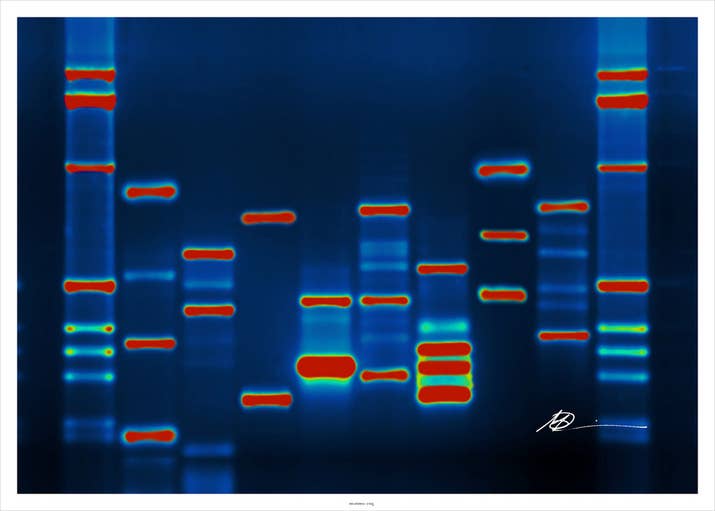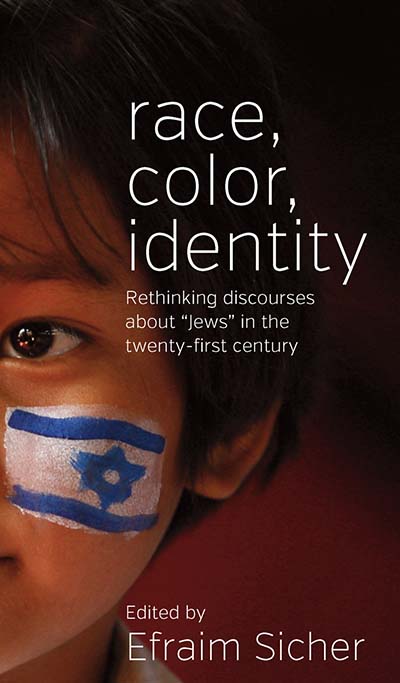Sigmund Feist and the End of the Idea of the Jews as a Mixed Race
Shpilman Institute for Photography
Blog
2011-12-04
Amos Morris Reich, Senior Lecturer of Jewish History
University of Haifa
Sigmnud Feist (1865-1943) is mostly remembered because of the orphanage for Jewish children that he directed in Berlin, as well as for his work in German linguistics. A collection of recently published letters written to him by 77 of his pupils during their service in the German military during the Great War has brought him back to public attention. But in 1925 he published a widely circulating book entitled Stammeskunde der Juden: Die jüdischen Stämme der Erde in alter und neuer Zeit. Historisch-anthropologisch Skizzen (A History of the Jewish Stock: ancient and modern Jewish tribes of the world. Historical-anthropological Sketches).
While “race” and “type” are central to Feist’s 1925 book on the Jews, in no place does he define them. Indeed, biological and, most notably, Mendelian principles are absent from his discussion. The chapters move from discussion of the Jews as a race in ancient times and the Jews in the Diaspora to a discussion of geographically ordered Jewries, including chapters on the Jews of Palestine, Near East, China, India, Ethiopia, North Africa, Spain, and Ashkenazy Jews, before turning to pseudo- and cryptic- Jews, and ending with a discussion of modern Jews as a race. The book’s structure, therefore, corroborates the argument concerning the heterogeneity of the Jews as geographically spread and as anthropologically diverse and the photographic appendix indicates similarity between Jews and their environments and Jewish anthropological variation…
….After providing historical evidence for mixture between non-Jews and Jews throughout history, his basic thesis throughout the book, Feist asked whether this process had already in ancient times aligned Jews with the peoples among whom they lived. This question, Feist wrote, is not easy to answer because of the scarcity of visual material (Bildmaterial). Feist’s assumption, therefore, was that the question was a visual one.
If we follow Feist’s argumentation here, we see the degree of internalization of widespread assumptions concerning the realistic status of photography with regard to race. Franz Boas, to whom he turns explicitly in his conclusion, ruled out on methodological grounds the ability to know what previous types looked like. Feist here argues differently. Because of the state of empirical evidence, according to Feist, the question pertains to the appearance of Jews in the medieval period. Instead of viewing medieval depictions as proof of the degree of Jewish mixture, Feist asserts that, as opposed to ancient Hittite, Assyrian, and Egyptian monuments, medieval Christian and Muslim chronicles and illustrated Bibles do not provide “truthful depictions of Jewish types” (naturgetreue jüdische Typen). He here mentions several medieval sources, in which, he claims, depicted Jews cannot be identified through their physiognomic features but only through social markers attached to them. While this, precisely, could corroborate his argument concerning Jewish mixture, Feist in fact chooses to rule out the realism of these images. While he does not say so explicitly, it is likely that the reason for this is that the depictions do not resemble the photographs of the old monuments of and the modern photographs of Jews. Based on the assumption that medieval images did not depict Jews realistically, Feist declares that only with early modern painting, specifically with Rembrandt, Rubens, and van Dijk, did representations of Jews regain an ancient realism; only here did the realistic character of Jewish faces and Jewish forms (jüdische Gestalten) reappear in art. The Jewish type, then, is constant – change was only the attribute of artistic representation…
Read the entire article here.

